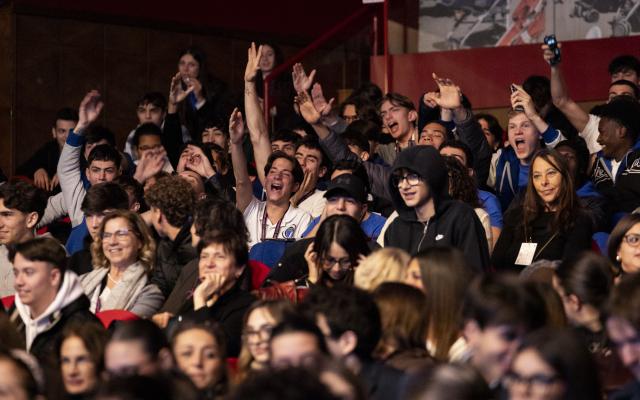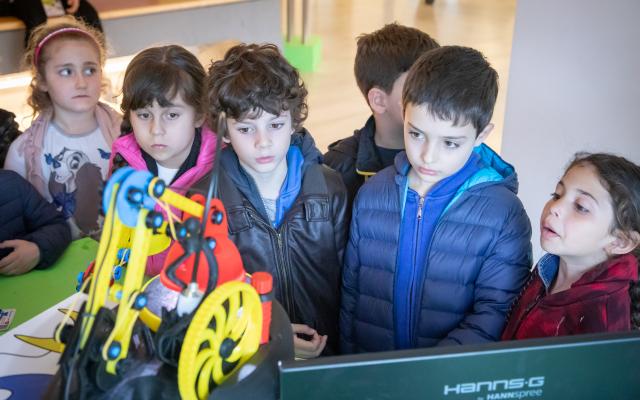EDU4AI: Maria Teresa Sorrenti presents a didactic project for inclusion
Maria Teresa Sorrenti teaches at the Istituto Paritario I. Newton in Tremestieri Etneo in the Province of Catania. Last month, she held an educational session for first and second-degree secondary school teachers in the context of European Project Edu4AI - Artificial Intelligence and Machine Learning to Foster 21st Century Skills in Secondary Education (Erasmus+), coordinated in Italy by the Fondazione Mondo Digitale.
The objective of the project is to develop a good national and European level practice for artificial intelligence (AI) education in school to guide young men and women towards a conscientious and responsible use of data and technology through experiential and collaborative experimental activities.
During the meeting, Maria Teresa illustrated her course to 15 new teachers who have now begun testing it with students.
“I focused my didactic project on a specific application of artificial intelligence, voice recognition. To develop my project, I purchased a Voice Rec V3 module to connect to an Arduino chipset, which is commonly used for didactic activities and very easy to programme,” explains Maria Teresa.
“The activity includes a training phase, in which I followed the standard machine learning procedures. For example, I programmed a robot to turn lights on and off by pronouncing the words “on” and “off.” Then, I taught it to raise a bar and open a door. This type of projects has a strong didactic impact, although they often exceed the objectives of the course. Indeed, this type of activities has myriad applications, including the inclusion of individuals with disabilities, for example, certainly an example that exceeds didactic activities.”
“There always is something to learn about life. Personal initiatives are fine, but they only allow one to grow so far,” explains Maria Teresa. “Exchanging opinions with other teachers, some from foreign countries, too, was very useful. The students were enthusiastic. They collaborated, helped code, gave us suggestions and identified possible applications for the robots, including the use of commands for autonomous driving (for example, to turn indicator lights on and off).
A demo in a few seconds: “open” and “close” vocal commands.




